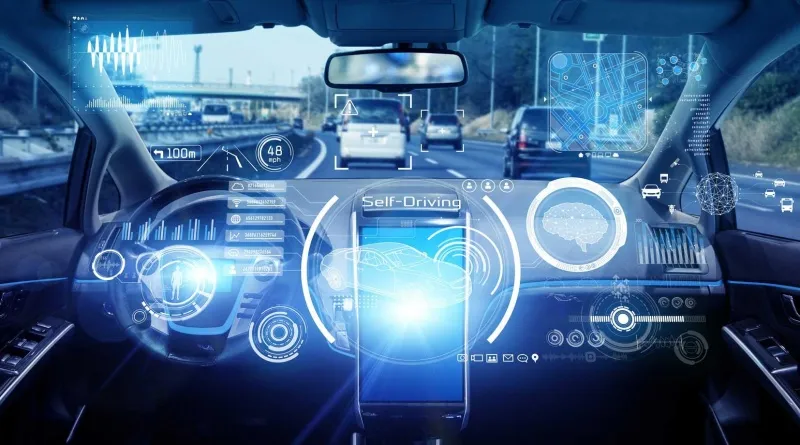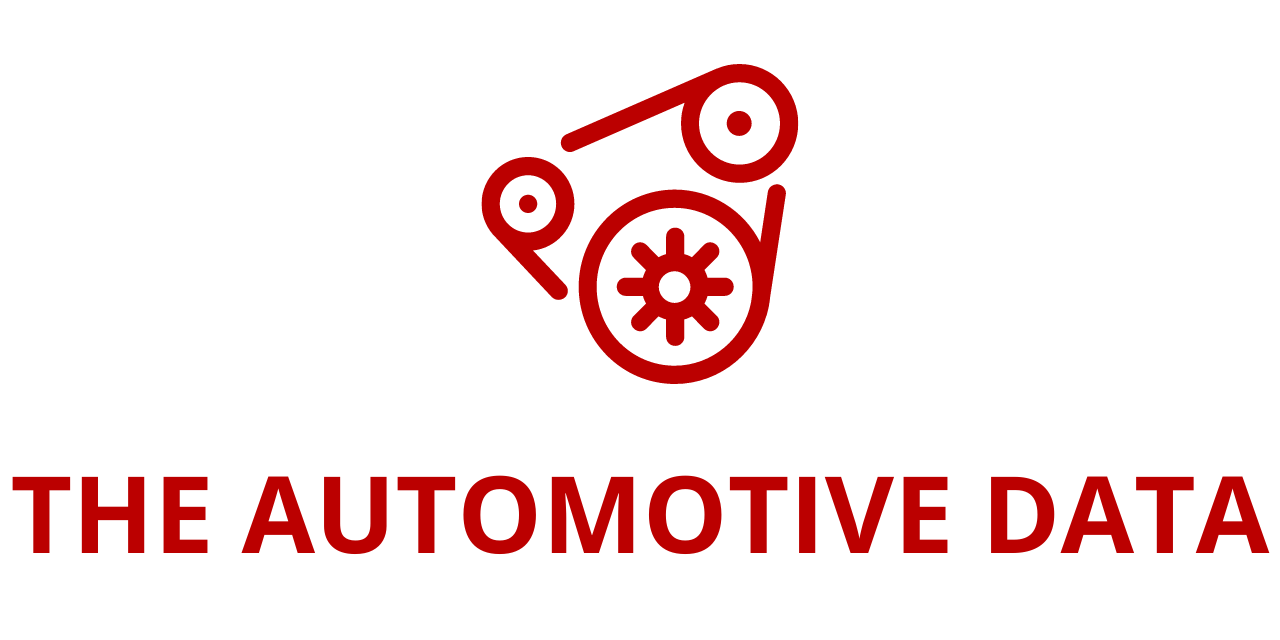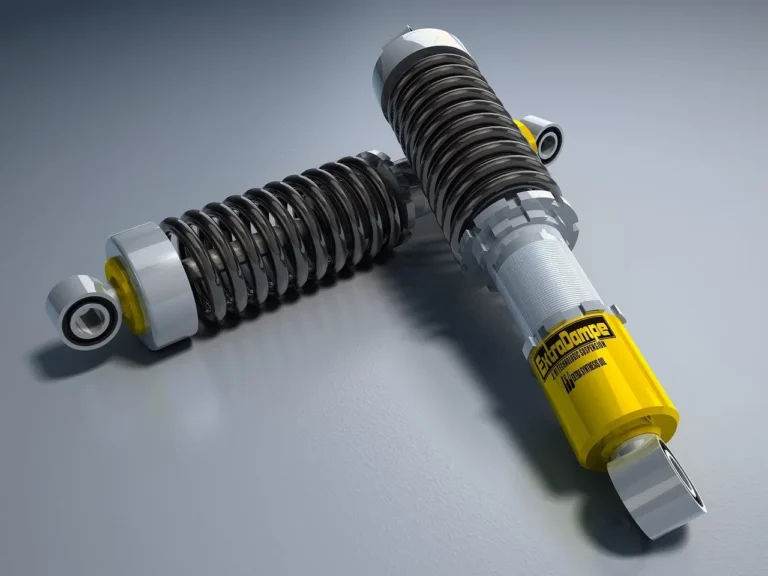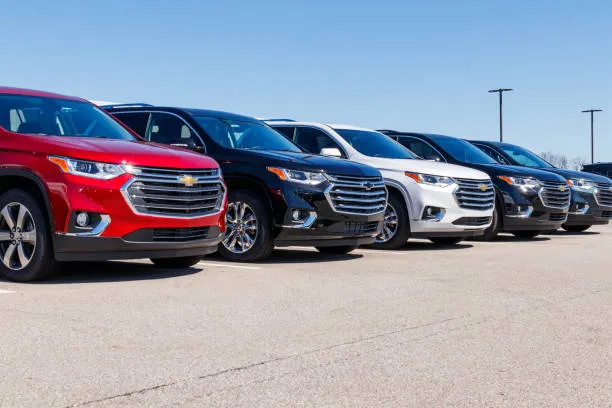
North American Automakers Shift Gears Toward the Future of Mobility
In response to rapidly evolving Drive technology, shifting consumer expectations, and fluctuating regulatory landscapes, automotive and mobility companies across North America are investing heavily in transformative changes to their products, operations, and strategic direction. A new research report published by Information Services Group (ISG), a global AI-focused technology research and advisory firm, highlights the significant shifts currently underway in the industry.
According to the 2025 ISG Provider Lens™ Automotive and Mobility Services and Solutions report for North America, automakers are doubling down on innovation to remain competitive in an era defined by electrification, digital integration, and sustainable mobility. The report finds that growing consumer demand for electric vehicles (EVs) and advanced digital features is driving substantial overhauls of vehicle platforms, development methodologies, and production capabilities.
As the automotive industry undergoes one of the most disruptive periods in its history, North American automakers are grappling with challenges and opportunities that span multiple domains—from propulsion technology and software architecture to manufacturing efficiency and regulatory compliance.
“North American automakers are in the middle of major technology transitions involving propulsion systems, software architectures and ongoing vehicle support,” said Bob Krohn, partner for manufacturing at ISG. “Service and solution providers play vital roles in addressing this broad set of challenges.”
Electrification, Digitalization, and CASE Priorities
A central theme of the report is the industry’s pivot toward the CASE model—Connected, Autonomous, Shared, and Electrified vehicles. Despite some delays in deployment and slower consumer adoption of certain CASE technologies, the report emphasizes that these innovations remain cornerstones of long-term automotive strategy.
Manufacturers and suppliers are committing significant research and development resources to bring these futuristic concepts to market. Electric vehicle adoption is accelerating, propelled by increasing consumer awareness, growing environmental concerns, and the availability of more affordable and capable battery technologies. At the same time, autonomous vehicle (AV) initiatives continue to progress through controlled trials and urban robotaxi deployments, even as full autonomy remains years away from mass-market realization.
Shared mobility is also gaining ground, particularly among younger, urban consumers who prioritize access over ownership. These trends are reshaping how automakers think about vehicle lifecycle, service models, and revenue streams.
Software-Defined Vehicles: A New Industry Standard
Perhaps the most transformative shift is the rise of software as a key differentiator in modern vehicles. As the report notes, the increasing demand for digital services, in-car entertainment, personalized interfaces, and real-time updates is turning cars into platforms for software innovation.
North American automotive companies are adjusting their product development roadmaps to prioritize software-defined vehicles (SDVs), where features and performance can evolve over time through over-the-air (OTA) updates. This trend brings new benefits such as extended product lifespans, enhanced driver assistance, and ongoing feature enhancements—but it also introduces new cybersecurity risks.
In response, automakers are stepping up investments in data protection, encryption technologies, and threat mitigation strategies. The connectivity that consumers now expect comes with an obligation to ensure vehicle safety and data privacy.
Adapting to a Shifting Regulatory Landscape
The transformation underway in the automotive sector is further complicated by a volatile and inconsistent regulatory environment. The ISG report highlights that some emissions and efficiency regulations are being loosened in certain jurisdictions, while others are intensifying restrictions and setting ambitious climate targets. Meanwhile, global trade tensions and the imposition of tariffs are undermining profitability and disrupting long-term planning.
Automakers must now balance innovation with compliance, adjusting their strategies based on regional variations and emerging policy frameworks. For many companies, this means engaging more actively with regulators and advocacy groups to shape policies that support innovation without compromising safety or sustainability.
Collaboration and Ecosystem Development
Another key insight from the ISG report is the growing importance of partnerships. Automakers increasingly recognize that delivering the next generation of mobility solutions will require collaboration across a wide ecosystem that includes technology firms, software developers, infrastructure providers, and energy companies.
Strategic alliances are forming between OEMs and companies involved in electric charging infrastructure, autonomous navigation systems, and digital platform development. These partnerships allow automakers to accelerate innovation, expand capabilities, and offer holistic mobility experiences that go far beyond the traditional notion of “building a better car.”
“Mobility is no longer a challenge that can be solved simply by building a better car,” said Swadhin Pradhan, assistant director and principal analyst at ISG and the report’s lead author. “Automakers recognize that they need to work closely with partners to give consumers the software, services and infrastructure for next-generation mobility.”
Investing in Battery Technology and Sustainable Manufacturing
The push toward electrification has also turned the spotlight on battery technology. Improving battery performance, lowering costs, and minimizing environmental impacts are now top priorities for both automakers and their suppliers. As battery chemistries evolve, companies are investing in localized production, recycling solutions, and second-life applications for used batteries.
Alongside this, the report notes that sustainability is gaining prominence throughout the automotive value chain. From raw material sourcing and energy use to packaging and end-of-life disposal, manufacturers are exploring greener alternatives to reduce their overall carbon footprint and meet stakeholder expectations for environmental responsibility.
Market Leaders and Emerging Innovators
The 2025 ISG Provider Lens™ report evaluates the capabilities of 40 leading service providers across five distinct service categories:
- Automotive Engineering and Manufacturing Services
- Electric Vehicles and Mobility Services
- Autonomous Systems and Software-defined Vehicles
- Automotive Retail and Aftermarket Services
- Technology Transformation and Consulting
In a competitive landscape, several companies have distinguished themselves as comprehensive leaders. Accenture, Capgemini, HCLTech, IBM, Infosys, TCS, Tech Mahindra, and Wipro have all been recognized as Leaders across all five service quadrants. Cognizant follows closely with leadership in four quadrants, while Deloitte, KPIT, LTTS, and NTT DATA have each earned leadership status in three.
The report also acknowledges strong performance from emerging players and niche specialists. Akkodis and EY are Leaders in two quadrants, while Aptiv, Genpact, Kyndryl, LTIMindtree, Quest Global, Softtek, and Tata Elxsi have been recognized as Leaders in one quadrant each.
Additionally, several firms have been designated as Rising Stars—companies with strong potential and promising portfolios. These include CI&T, Cyient, DXC Technology, eInfochips, Hitachi Digital Services, and Tata Elxsi, each of which received recognition in one quadrant.
The transformation of North America’s automotive sector is far from over. As consumer preferences evolve, technologies mature, and regulations shift, companies must stay agile and forward-looking. The ISG report provides valuable guidance for stakeholders navigating these complex waters, emphasizing the importance of innovation, collaboration, and strategic investment.
In the coming years, automakers and their partners will need to do more than just adapt—they will need to lead. The convergence of technology and mobility offers tremendous potential to redefine transportation, create new business models, and deliver value in ways previously unimagined.
For a deeper look at the findings and recommendations in the 2025 ISG Provider Lens™ Automotive and Mobility Services and Solutions report, visit the ISG Provider Lens™ Focal Points briefing.







